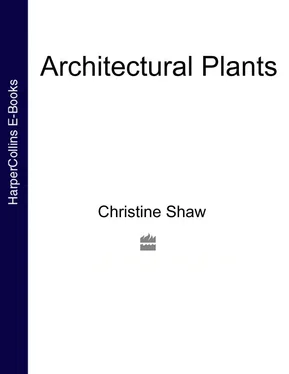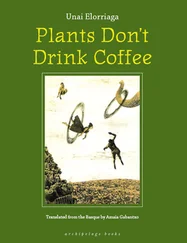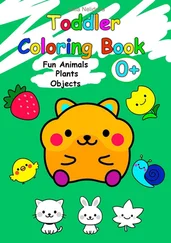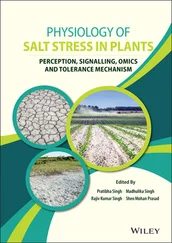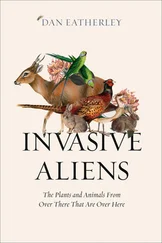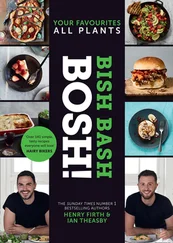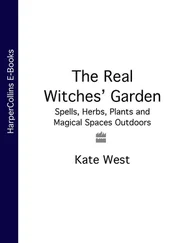Although architectural plants are becoming more and more popular, so far very little information has been written about them. This book is the first fully comprehensive guide to all aspects of gardening with these lovely plants. Although many of them were well known in Victorian times, most subsequent generations of gardeners have been completely oblivious to their fine qualities. It is only in the last fifteen years that they have been fully appreciated.
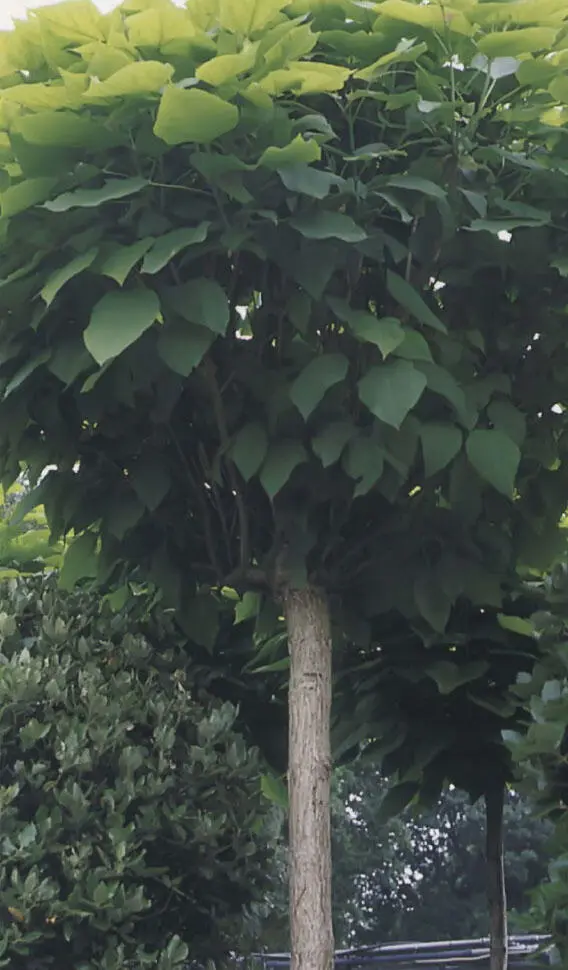
ABOVE
Catalpa bignonioides ‘Nana’ is a good choice as a large-leaved specimen tree.

ABOVE
Yucca gloriosa variegata is essential for any garden design involving a spiky element.
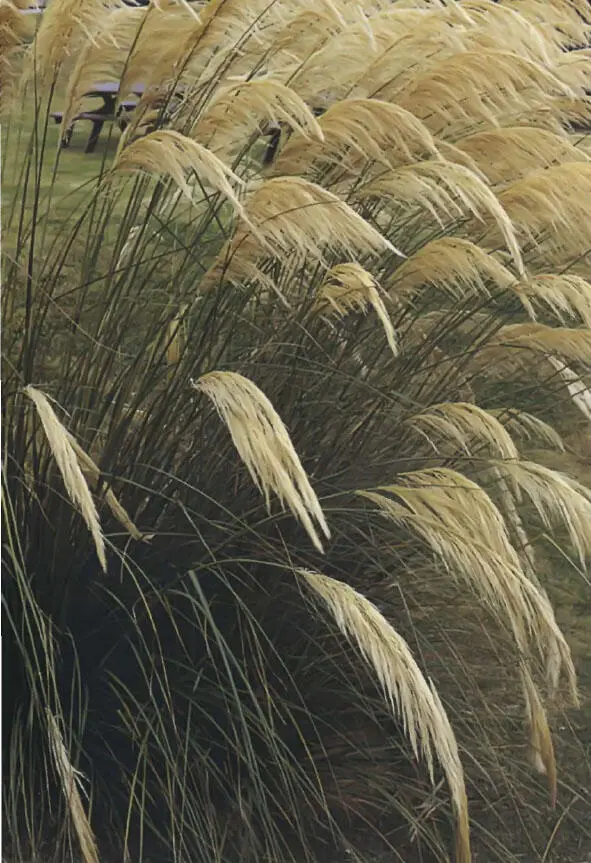
ABOVE
Cortaderia richardia looks beautiful in a breezy garden, adding movement to any planting plan as the wind swishes through the foliage.
This book lists the best possible choices of architectural plants. There are photographs of every one, with a full description of what they look like and what they do throughout the seasons. All sorts of practical information is given regarding hardiness, soil conditions, light levels and maintenance. There is advice on buying, siting and using these plants in the garden to provide different effects and planting schemes. Information has also been given on the less glamorous side of horticulture, namely which pests and diseases to look out for on each particular plant. A Rogues’ Gallery at the back of the book helps in the identification of various ailments and other annoying, unwanted presences that can be the bane of a gardener’s life.
Wherever possible I have avoided mentioning the kind of horticultural descriptions that require a glossary to explain what they mean – so very few references to culms, petioles and clustered node bases, and just basic easy-to-understand descriptions with all the emphasis on how to succeed in growing these plants, without being bogged down with unnecessary complications. However, all of the plants are listed alphabetically using their formal botanical names.
I would like to put up a spirited defence of the use of Latin in horticulture. Although no one detests rules and regulations of any kind more than I do, using the correct Latin names for all plants is essential. Apart from a few lapses in the naming of bamboos, most plants have only one Latin name. No matter which country you live in, this name is always the same, and there can be no confusion about which plant is being referred to. This might be stating the obvious, but this revelation didn’t really dawn on me until I worked abroad. The common names of plants are different in every part of every country, and it’s impossible to learn them all. Sometimes the common name of a plant in England refers to a totally different plant in Australia, and even in Scotland.
Despite the long words, horticultural Latin really isn’t as intimidating as it first appears. It is not as strict as Classical Latin, so all the horrors of Latin classes at school can be forgotten. Of course, some people like to spout Latin just because they enjoy sounding pompous, but pomposity isn’t a quality solely restricted to horticulture.
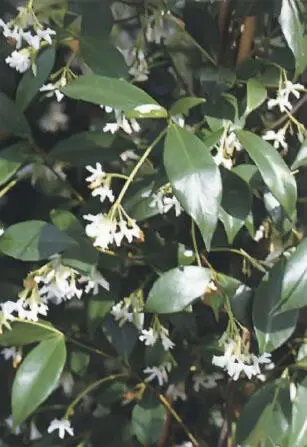
ABOVE
Trachelospermum jasminoides provides strong fragrance in the garden throughout the summer.
This book is intended to inspire confidence in growing these amazing plants and to enable any gardener to create some stunning effects with them. Whether you plant just one or two strategically to liven up a border or opt completely for this type of planting and transform the entire garden, this book offers all the advice and help required to do so. But, be warned, this type of gardening is addictive. The addition of just a few plants to start with can make ordinary garden plants seem so tame and lacklustre that more and more will probably be acquired until a whole new look has been achieved.
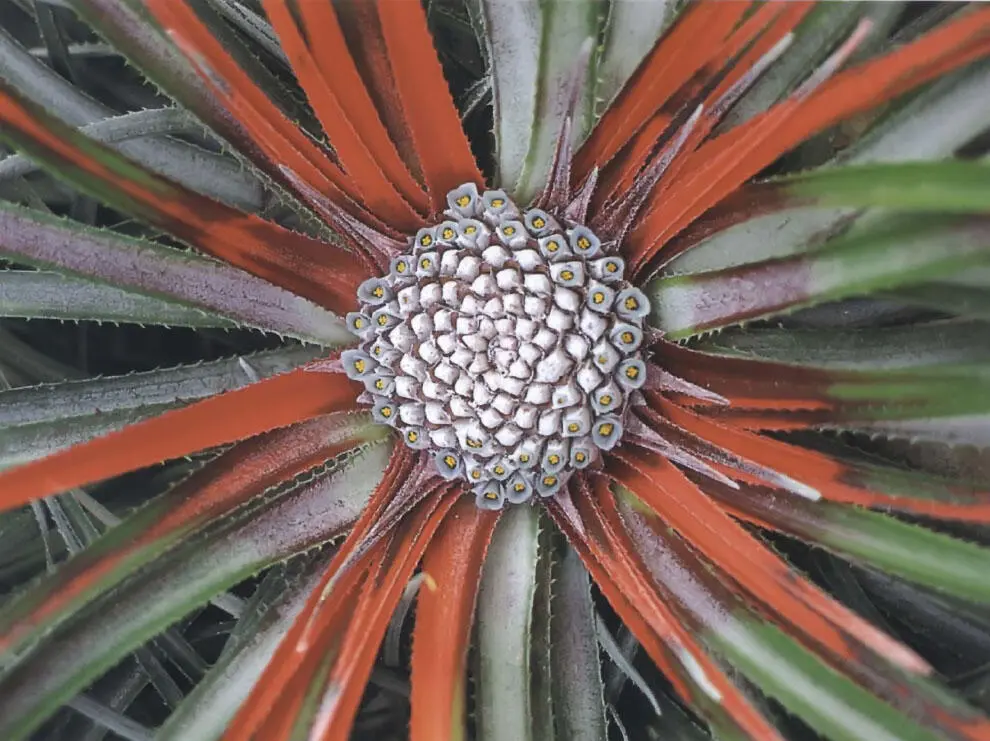
ABOVE
Fascicularia pitcairnifolia – no, this isn’t a mandrill’s bottom but a beautiful exotic flower.
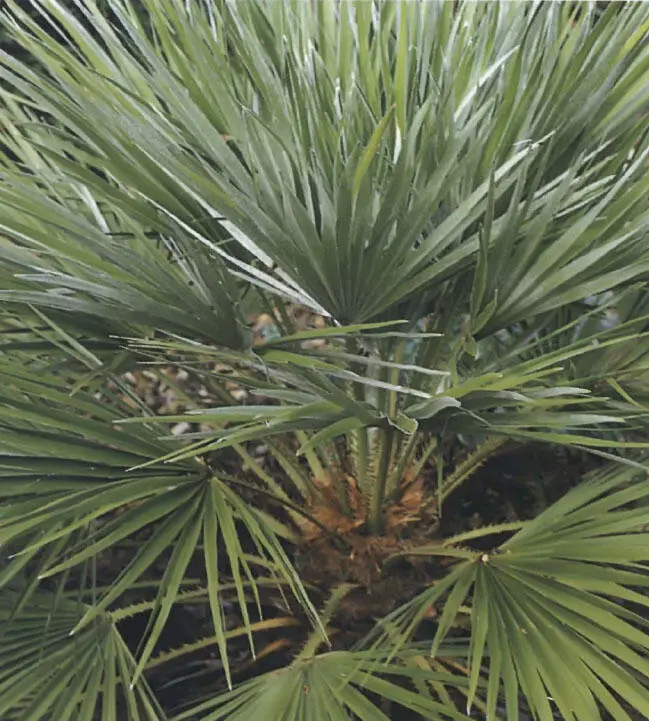
ABOVE
Chamaerops humilis is an essential acquisition for all palm fanatics.
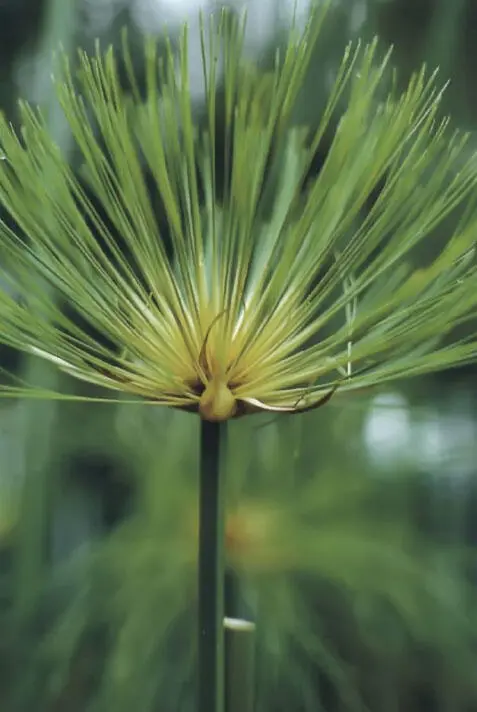
ABOVE
Cyperus papyrus is an excellent addition for any large conservatory.
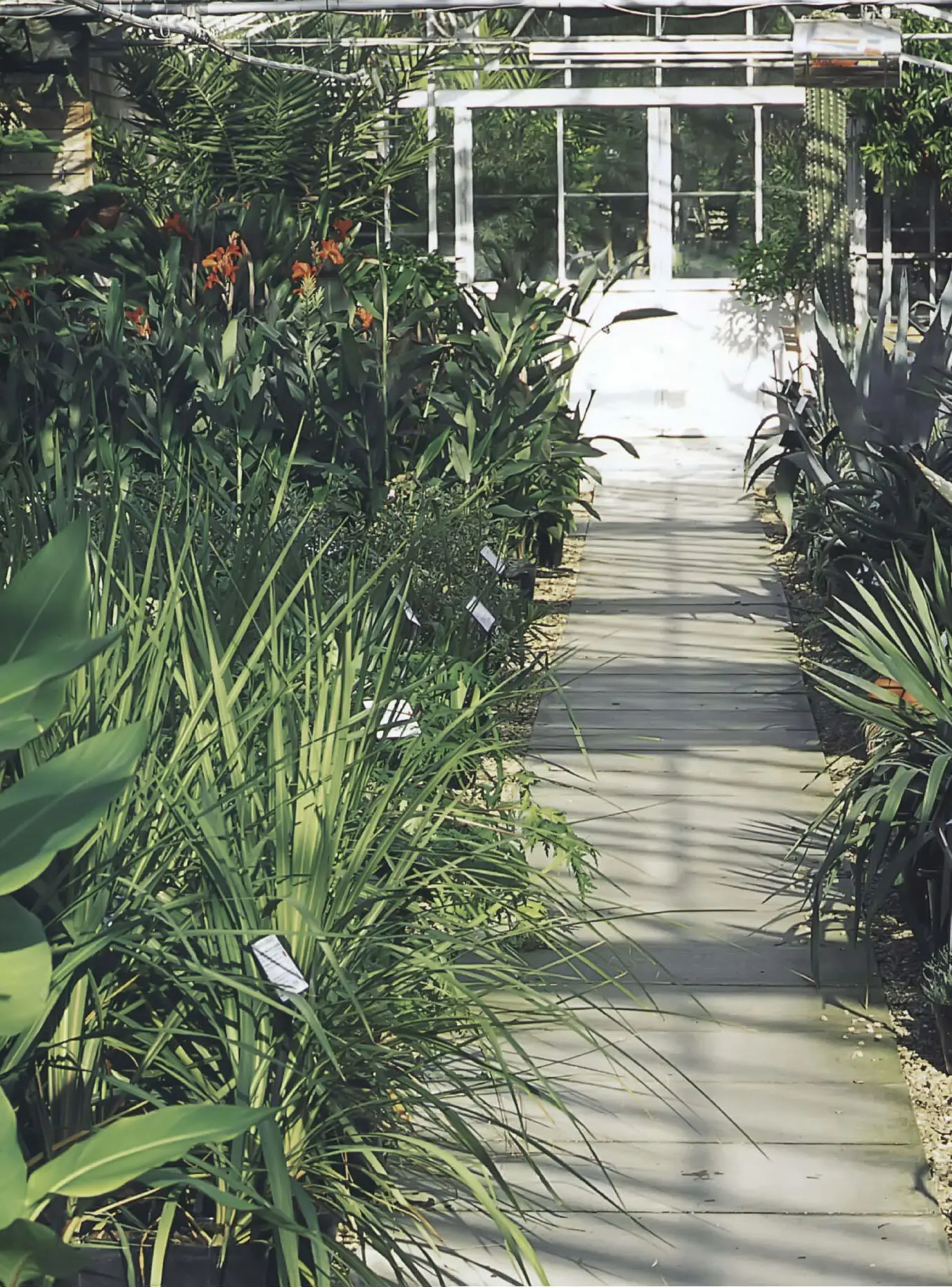
Making the right decisions
Before charging off to your favourite architectural plants nursery, just spend a short while contemplating a few points. This chapter will help you come to the right decisions about the suitability of your choice of plants for their intended positions.
With such a dazzling array of architectural plants to choose from, making your initial selection can be a bit daunting, especially for those who are new to this type of gardening. Apart from spending time learning as much as you can from books, such as this one, visiting local botanic gardens and specialist nurseries to see how the plants are sited and how they grow will help with the choice.
Suitability of site
It is important to assess the suitability of your own garden for the plants that you are considering. Planting spiky desert plants in a boggy position in full shade is bound to end in failure. Similarly, planting bamboos in bone-dry soil on the top of a windy hill will guarantee their survival for only about ten minutes.
Unless you are especially stubborn, there islittle point buying plants that have only a slim chance of surviving in your particular plot.
Some sites can be changed fairly easily. For instance, if your soil is poor, it can be enriched with large dollops of food. If the drainage is bad, digging in piles of grit can help enormously. If your garden is on an exposed coast, planting salt-resistant trees to act as a windbreak will hugely increase the possible choice of plants. But, basically, learning as much as you can about every aspect of your garden is a good starting point. Few gardens have just one characteristic. There are nearly always shady corners. There is usually a spot that remains boggy after heavy rain. And it is rare to find a garden without a sun-baked section somewhere.
The soil type should also be ascertained. Most plants in this book will grow in either acid, neutral or alkaline conditions. Some have preferences towards one end of the scale, but are not too fussed. Occasionally, one will be listed as being a lime-hating plant, which means that alkaline soil is not an option. Sometimes, if gardeners are really determined, large planting holes can be dug out and the existing soil replaced with something more suitable to allow their chosen plant to succeed. But this is really only a temporary solution. Eventually, the plant roots will grow down into the natural soil and start to suffer accordingly. This is not, therefore, something I would recommend.
Читать дальше
